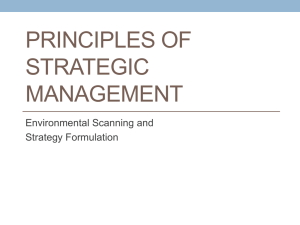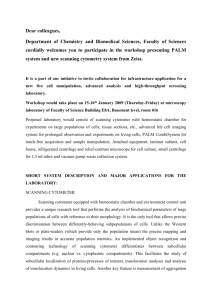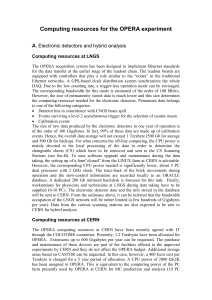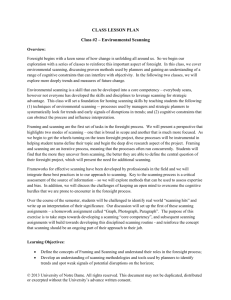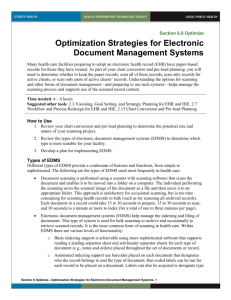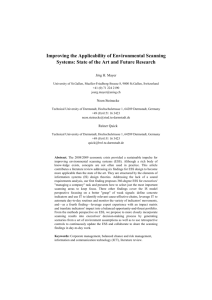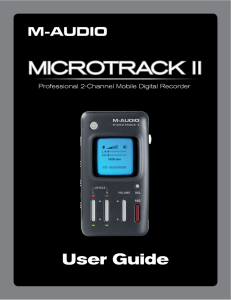Further progress for a fast scanning of nuclear emulsions with Large
advertisement
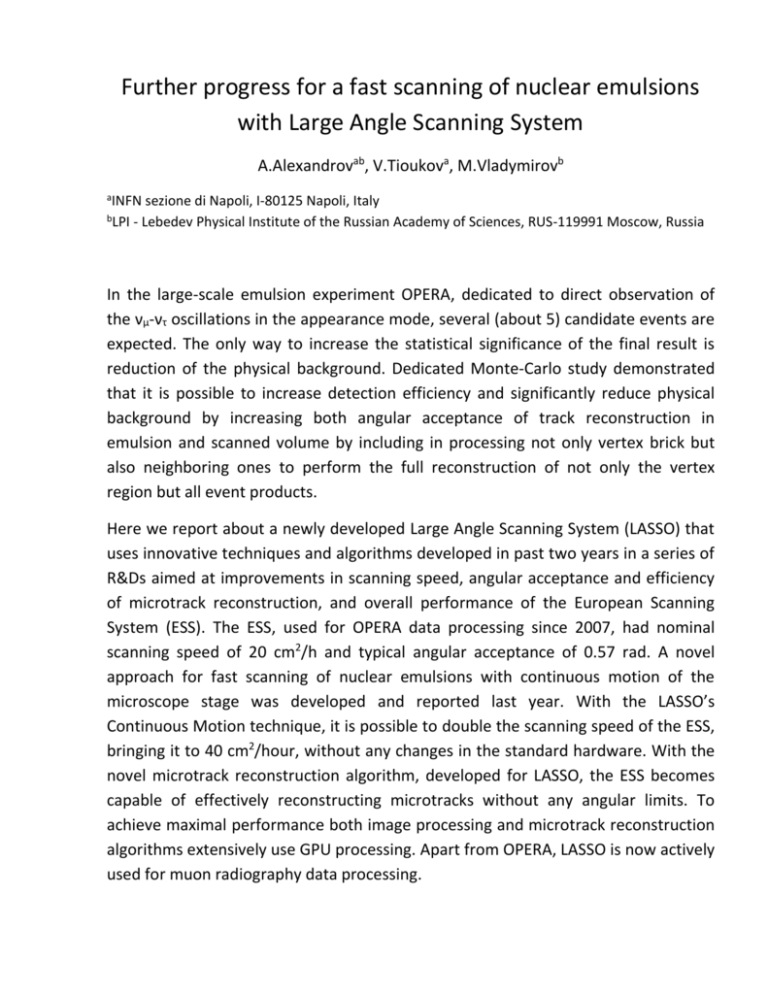
Further progress for a fast scanning of nuclear emulsions with Large Angle Scanning System A.Alexandrovab, V.Tioukova, M.Vladymirovb aINFN sezione di Napoli, I-80125 Napoli, Italy bLPI - Lebedev Physical Institute of the Russian Academy of Sciences, RUS-119991 Moscow, Russia In the large-scale emulsion experiment OPERA, dedicated to direct observation of the νµ-ντ oscillations in the appearance mode, several (about 5) candidate events are expected. The only way to increase the statistical significance of the final result is reduction of the physical background. Dedicated Monte-Carlo study demonstrated that it is possible to increase detection efficiency and significantly reduce physical background by increasing both angular acceptance of track reconstruction in emulsion and scanned volume by including in processing not only vertex brick but also neighboring ones to perform the full reconstruction of not only the vertex region but all event products. Here we report about a newly developed Large Angle Scanning System (LASSO) that uses innovative techniques and algorithms developed in past two years in a series of R&Ds aimed at improvements in scanning speed, angular acceptance and efficiency of microtrack reconstruction, and overall performance of the European Scanning System (ESS). The ESS, used for OPERA data processing since 2007, had nominal scanning speed of 20 cm2/h and typical angular acceptance of 0.57 rad. A novel approach for fast scanning of nuclear emulsions with continuous motion of the microscope stage was developed and reported last year. With the LASSO’s Continuous Motion technique, it is possible to double the scanning speed of the ESS, bringing it to 40 cm2/hour, without any changes in the standard hardware. With the novel microtrack reconstruction algorithm, developed for LASSO, the ESS becomes capable of effectively reconstructing microtracks without any angular limits. To achieve maximal performance both image processing and microtrack reconstruction algorithms extensively use GPU processing. Apart from OPERA, LASSO is now actively used for muon radiography data processing.






